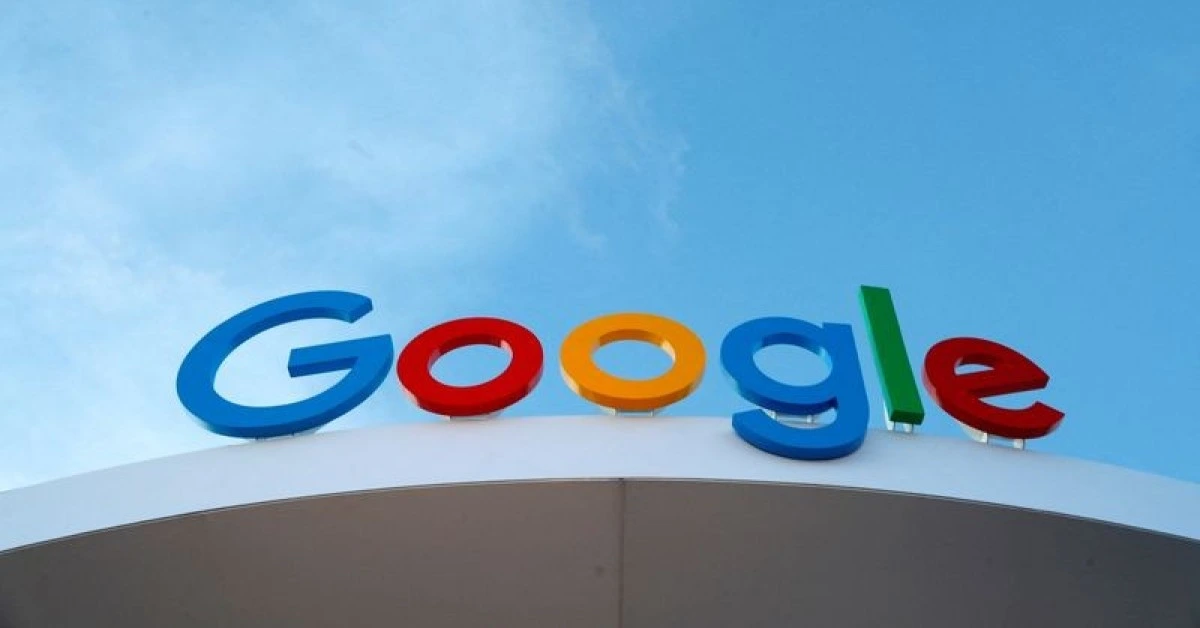
USA – Google has introduced an AI co-scientist, a virtual assistant designed to support scientific research and accelerate biomedical discoveries.
The system, built using Gemini 2.0, follows a multi-agent approach that mimics the logical steps of the scientific method.
It not only reviews and summarizes data but also extracts new findings, generates research hypotheses, and creates research proposals that are backed by evidence and aligned with specific research goals.
Despite its advanced capabilities, Google’s team made it clear that the AI co-scientist is meant to assist researchers, not replace them.
“We expect that it will… increase, rather than decrease, scientific collaboration,” said Google scientist Vivek Natarajan.
Designed for collaboration
The system allows scientists to input their research objectives in natural language, suggest their own ideas, and outline experimental constraints.
Through a chat interface, users can also provide feedback, refine research ideas, and discuss potential improvements.
To structure the research process, the AI co-scientist breaks down goals into detailed research plans.
A Supervisor agent then assigns specialized sub-agents to various tasks, including hypothesis generation, data review, ranking, and evaluation. This structured approach helps optimize computing resources while improving the AI’s scientific reasoning.
To enhance its output, the AI co-scientist uses test-time compute scaling, allowing it to refine results through self-play debates, ranking competitions, and evolutionary improvements.
Additionally, its self-critique mechanism enables it to use different tools to improve research hypotheses and proposals.
Real-world testing
Google’s AI co-scientist has been tested in three real-world laboratory experiments, with scientists from Stanford University and Imperial College London evaluating its performance. The experiments focused on:
Future improvements
While the AI co-scientist has shown impressive capabilities, Google acknowledges that there is room for improvement.
Areas of focus include enhancing literature reviews, improving factual accuracy, conducting external cross-checks, and expanding evaluations with more subject matter experts.
Google also plans to refine auto-evaluation methods and test the system on diverse research objectives.
Despite these challenges, Google remains optimistic about the AI’s potential. “The AI co-scientist represents a promising advance toward AI-assisted technologies for scientists to help accelerate discovery,” the company stated.
XRP HEALTHCARE L.L.C | License Number: 2312867.01 | Dubai | © Copyright 2025 | All Rights Reserved